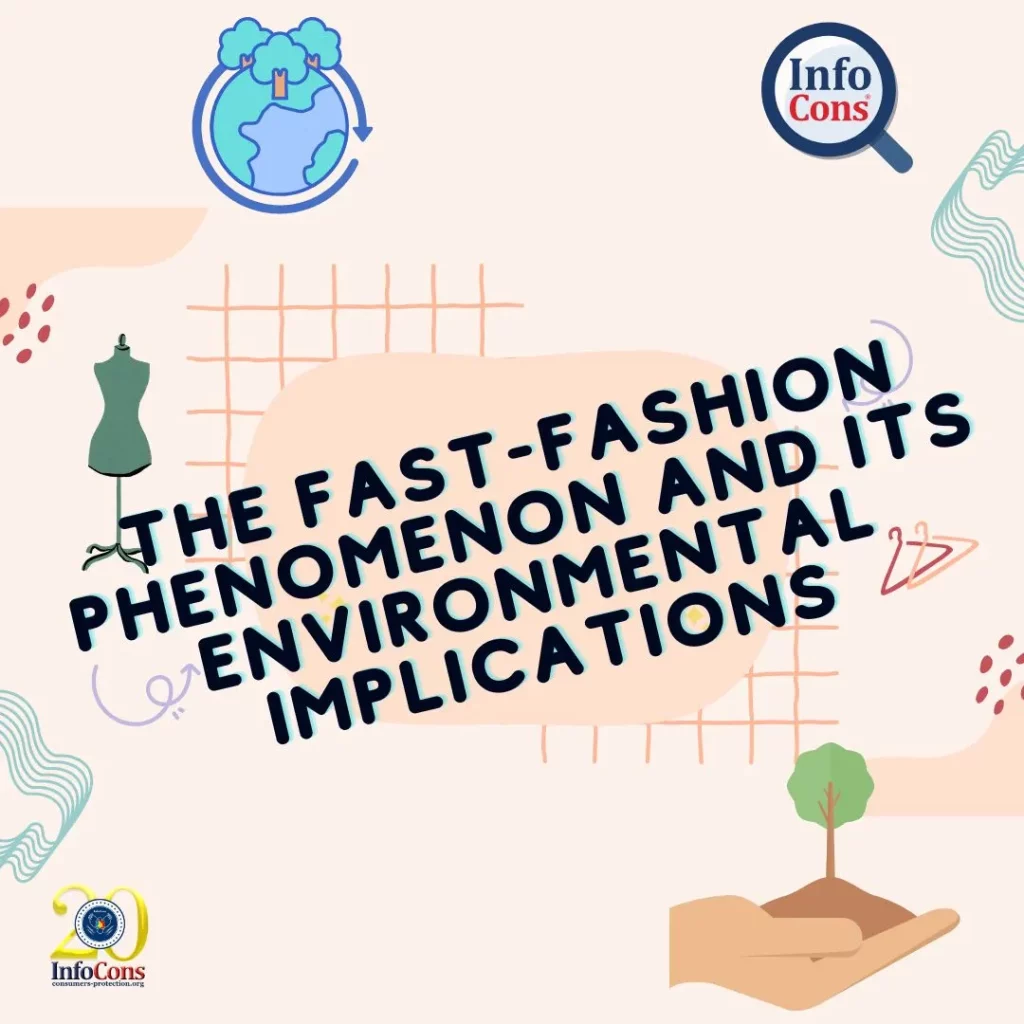
The fast-fashion phenomenon is a real problem in terms of sustainability. With new affordable trends constantly changing, the temptation to buy the latest products on the market can be overwhelming. But do you know what impact this bad habit has on our carbon footprint?
The fashion industry might not be the first to come to mind as a giant user of fossil fuels. The truth is that fashion is currently responsible for about 10% of global carbon dioxide production – more than international flights and shipping combined, according to the United Nations Environment Programme.
If we consider the entire life cycle of a garment, from manufacture to transport and finally to waste, a total of 1.2 billion tonnes of carbon emissions are produced by the industry every year. With these highly synthetic garments in most shops, which end up being thrown away after only a few wears, it is no wonder that over-consumption and over-production is happening more and more.
Read also : Food Risks: 7 Problematic Foods, Frequently Recalled
In addition to carbon emissions, the fashion industry also has an impact on water consumption and the use of large areas of land to grow cotton or other textile fibers. EU studies show that it takes about 2,700 liters of water to produce a single cotton T-shirt, an amount that would normally be drunk by a human in 2.5 years. The same study also estimates that textile production is responsible for about 20% of global water pollution from dyeing and finishing processes. The washing of synthetic clothes (the most common being polyester and elastane) is also responsible for 35% of the primary microplastics released into the environment.
There’s a reason the fashion industry loves polyester. It’s durable and versatile, used to create everything from sportswear to faux fur jackets. In the perception of some, using this material would be more sustainable than some natural textile fibers as the production process doesn’t require as much water or land to grow. In our view, this is wrong, as polyester requires a large amount of energy to produce. For example, in 2015, the production of polyester for clothing emitted 282 billion tonnes of carbon dioxide, three times more that of cotton.
Read also : The 7 symbols of plastic and their meanings
In general, clothes in stores contain polyester combined with other materials such as cotton to make them comfortable to wear. The problem is, however, that this mix of textiles makes the recycling process much more difficult, not to mention that their transformation into reusable fibers is done using chemical solvents (in separating materials). In fact, less than 1% of the clothes collected worldwide for recycling are used to create new garments.
Returning to the implications of the industry on its carbon footprint, according to the European Environment Agency, in 2017, textile purchases in the EU generated around 654 kg of CO2 emissions per person.
We have selected one garment and 3 different materials from which it is made to draw your own conclusions about the carbon footprint, even though the differences are quite small when talking about the CO2 emissions of a single piece. Thus, a cotton dress will have an emission factor of 49.8 kg CO2e/piece, one made of viscose will emit 44.9 kg CO2e/piece, while a dress made of polyester, 51.9 kg CO2e/piece.
With consumer information and education, we believe that the way clothes are produced will change and brands will propose more sustainable alternatives and practices than they have done so far. Some of them have already started this commitment:
- Levi’s- jeans collection using 100% sustainably sourced cotton and recycling old jeans as insulation material
- Patagonia- promises sustainable materials and helps its customers to repair their clothes instead of buying new ones
- H&M Conscious- a collection that uses materials such as organic cotton and recycled polyester. Customers can also recycle unwanted clothes in H&M stores and get a discount on future purchases.
- Ralph Lauren- uses recycled water bottles and uses dyes that do not require water in the application process. They are also transparent in their non-financial reporting
- Columbia- Outdry Eco jackets are made from recycled water bottles, use no dyes, saving over 50 liters of water per jacket and have a water repellent finish without using environmentally harmful compounds
Author : Grama Teodora, Econos